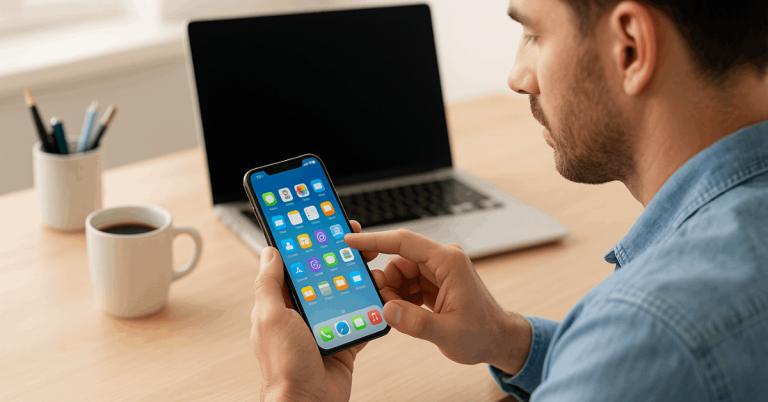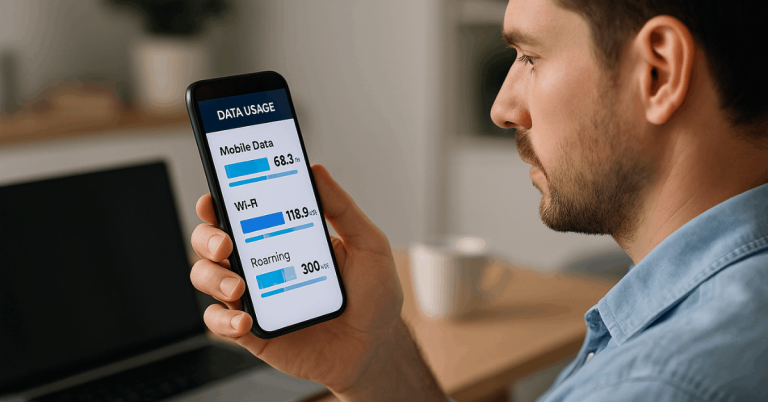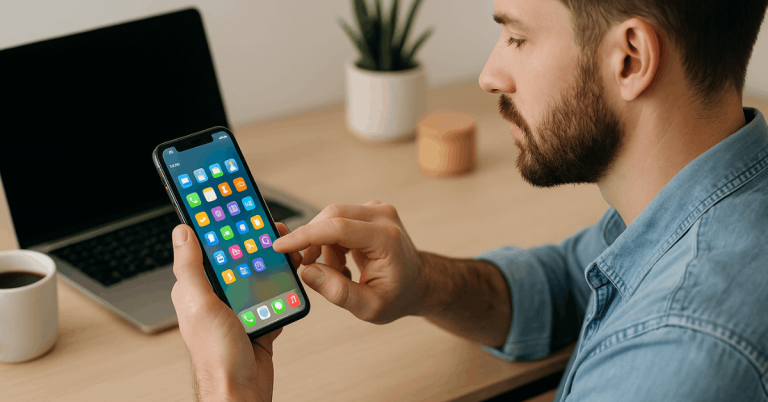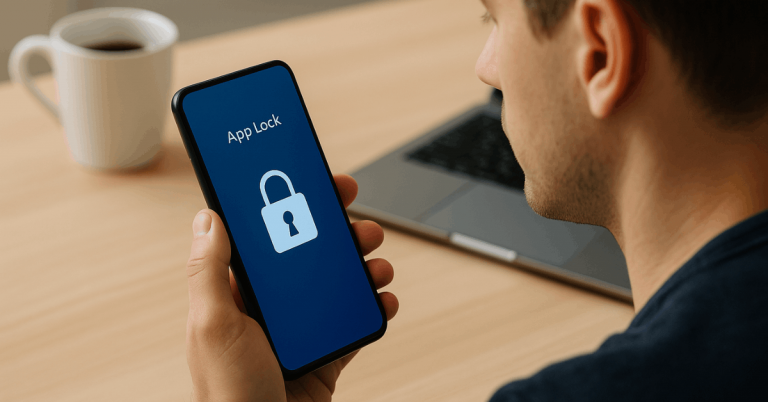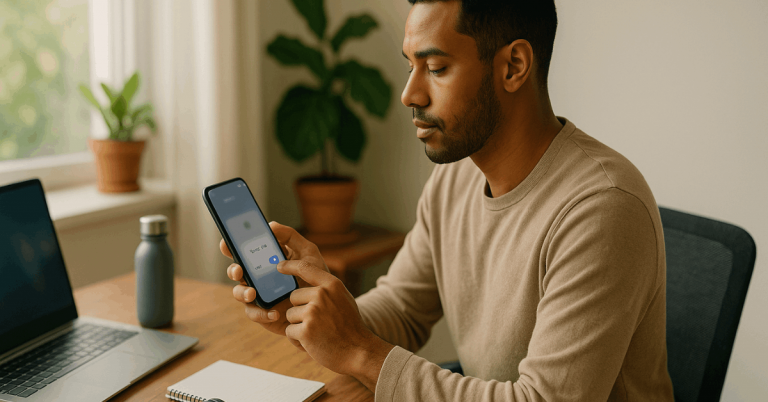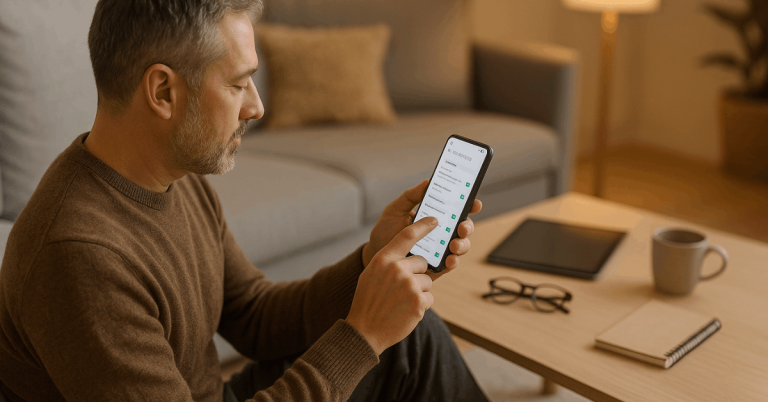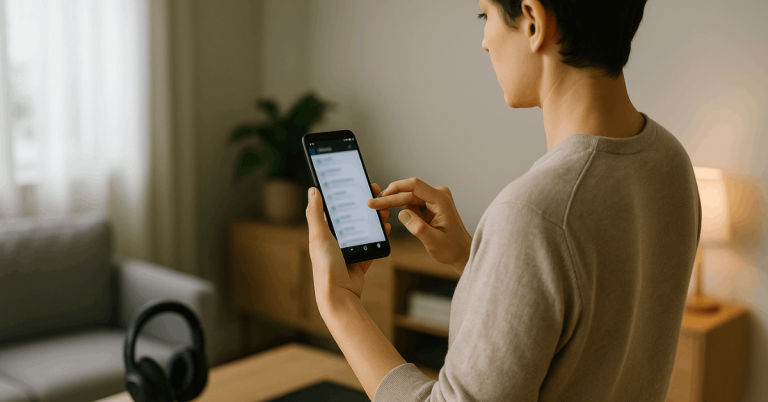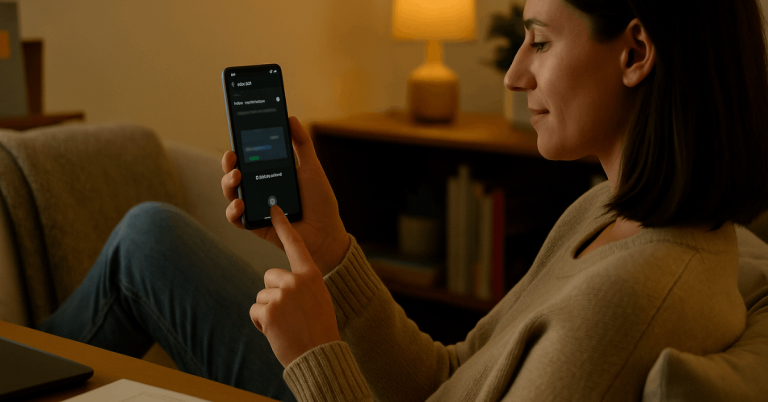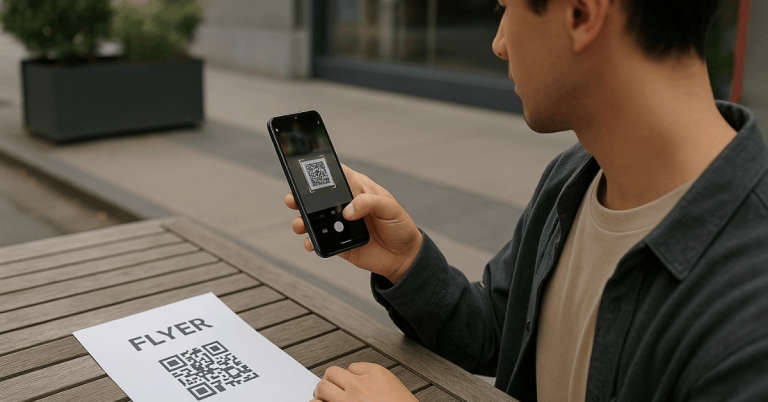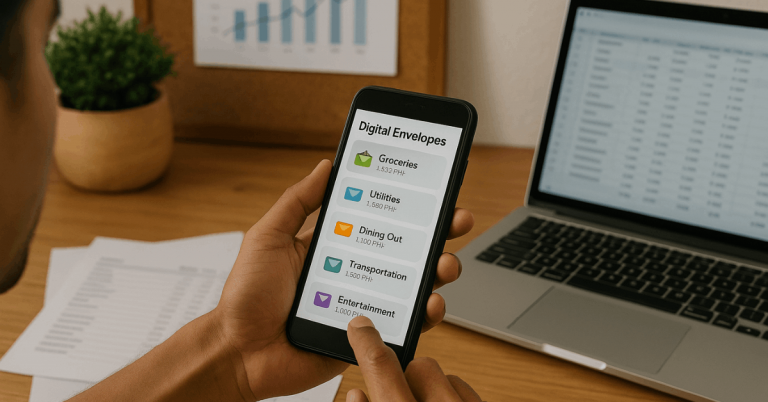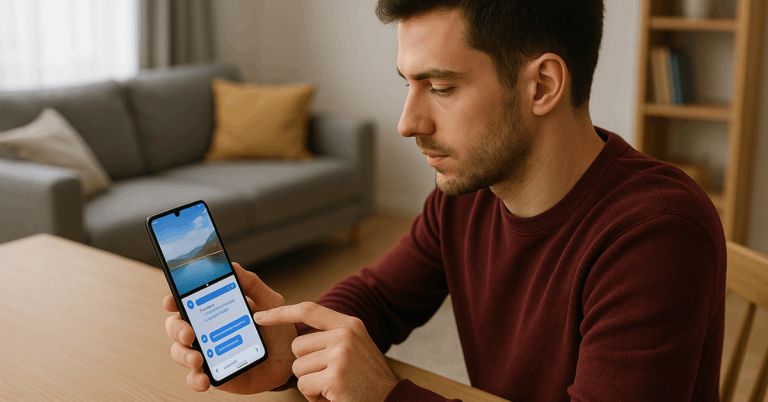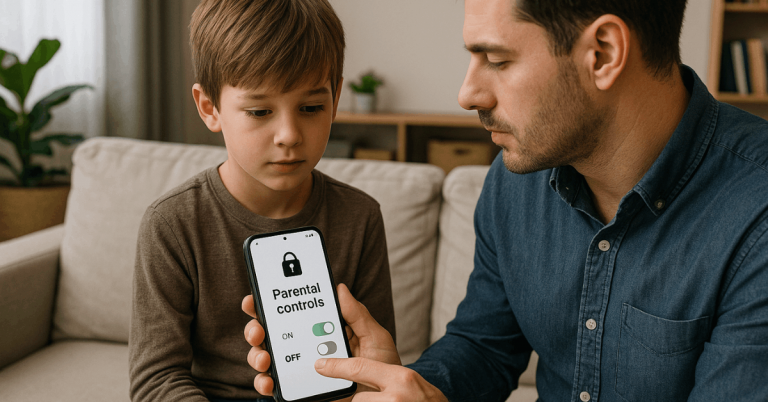Keeping your smartphone battery healthy is essential for better performance and longer use.
Instead of relying on third-party apps, you can optimize battery life using system apps that are already built into your device.
With just a few smart adjustments, you can make your phone last longer and run more smoothly every day.
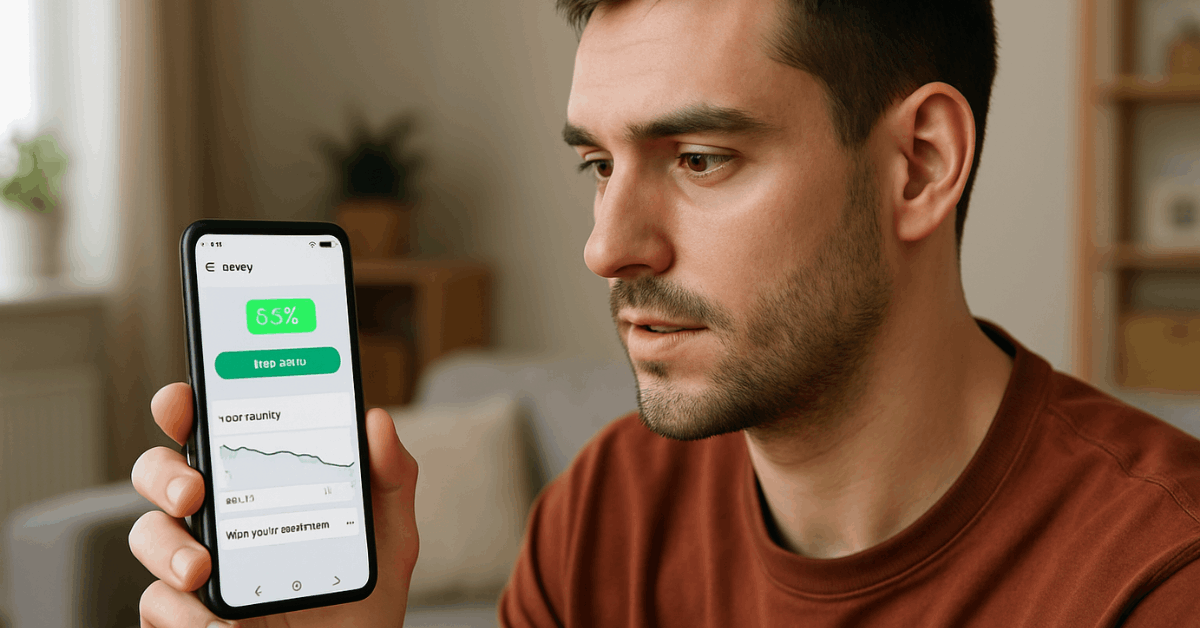
Understanding How System Apps Affect Battery Life
System apps control essential operations, from network settings to background data. When unmanaged, they can use power even when idle.
Understanding how these apps function allows you to make smarter battery-saving decisions.
You don’t need advanced technical skills—just awareness and proper settings adjustment.
What Are System Apps?
System apps are the pre-installed applications that keep your device running smoothly. They include Settings, Battery Managers, file systems, and maintenance tools.
Unlike third-party apps, these cannot be fully deleted because they are part of the operating system. However, they can still be optimized to reduce unnecessary energy use.
Common Reasons for Battery Drain
Learning these common reasons helps you optimize battery life using system apps more effectively.
- Background synchronization constantly updates apps and data even when not in use.
- Push notifications from multiple apps keep your device active unnecessarily.
- Automatic updates running without Wi-Fi can quickly reduce battery power.
- Outdated system software may lack power-saving improvements from new versions.
- High screen brightness and long display time-out settings drain energy quickly.
- Unrestricted background apps keep running, consuming power even when idle.
Using Built-In Battery Optimization Tools
Modern smartphones are equipped with battery optimization tools that analyze energy usage automatically.
These built-in systems monitor app activity and suggest improvements without extra software.
Android Battery Manager
Android’s Battery Manager identifies which apps use excessive energy. It allows you to restrict background activity and activate Adaptive Battery to prioritize frequently used ones.
This system learns from your habits and adjusts power allocation over time. Access it through Settings > Battery > Battery Usage for detailed control.
iPhone Battery Health and Settings
iPhone users can check Battery Health under Settings to view maximum capacity and enable Low Power Mode.
This mode temporarily reduces background tasks and visual effects to save power. You can also see which apps consume the most energy and adjust accordingly. These built-in features ensure better control over your device’s energy balance.
Device Care or Maintenance Apps
Many smartphone brands offer their own battery optimization tools. For example, Samsung’s Device Care or Xiaomi’s Security App can clear cache, close background apps, and improve system performance.
These tools are easy to use and keep your phone efficient without requiring additional downloads.
Managing App Permissions and Background Processes
System apps give you control over how much background data other apps can use. This feature helps minimize hidden power consumption and improves overall performance.
Restrict Background Activity
When you restrict background activity, apps only run when opened directly. This prevents constant syncing or notification updates that drain power.
On Android, find this under Settings > Apps > Battery. For iPhone, manage Background App Refresh under General settings.
Control Location and Sync Permissions
Location tracking and auto-sync are known battery drainers. Turn off GPS when not in use or switch it to Battery Saving mode.
Likewise, disable automatic cloud syncing for apps that don’t need real-time updates. These steps can make a noticeable difference in battery longevity.
Using Power Saving Modes Wisely
Power-saving modes are designed to limit performance and background activity intelligently.
Each mode reduces specific functions to help your battery last longer. Using them correctly ensures your phone remains usable even during long days away from a charger.
Standard Power Saving Mode
This mode reduces screen brightness, CPU speed, and background operations. It’s ideal for daily use when you want to balance performance and endurance.
Enable it when your battery drops below 30% to extend use without significant slowdown. Activate it through Settings > Battery > Power Saving Mode.
Ultra Power Saving or Battery Saver Mode
Ultra Power Saving Mode limits your phone to basic apps like calls, messages, and clock. It also switches to a dark theme and disables background connections.
This mode is most useful during travel or emergencies when charging isn’t possible. Activating it can add several hours of standby time.
Optimizing Display and Connectivity Settings
Display brightness and connectivity features are among the biggest power consumers.
Adjusting these through system apps can quickly extend battery life. Small daily changes can have a lasting impact on your device’s energy efficiency.
Adaptive Brightness and Dark Mode
Adaptive brightness automatically adjusts screen levels based on lighting conditions. This reduces unnecessary power when indoors or at night.
Enabling Dark Mode further cuts battery use, especially on OLED screens. Both features are accessible through Display settings.
Network and Connectivity Controls
Wireless connections constantly search for signals, draining energy. Turn off Wi-Fi, Bluetooth, and Mobile Data when not needed.
Use Airplane Mode overnight or in low-signal areas to prevent your phone from overworking. This simple routine can help your battery last through long days.
Monitoring Battery Health and Usage Data
System tools let you track your device’s energy performance in real time. Checking this data regularly helps identify patterns of heavy use and make timely adjustments.
View Battery Usage Statistics
Most devices show detailed graphs and percentages of app usage. Reviewing this once a week helps detect high-drain apps or settings.
You can then modify permissions or remove unnecessary apps. Regular monitoring keeps your phone’s power consumption predictable and efficient.
Replace or Calibrate Battery (if applicable)
If your phone’s battery life shortens significantly, calibration might help. Let it discharge completely once a month, then charge to 100% without interruption.
For older devices, replacing the battery module may restore capacity. Always check system diagnostics before making this decision.
Automating Power Management Using System Tools
Automation removes the need to manually tweak settings. System tools now use smart algorithms that learn your habits and adjust automatically. This helps maintain both convenience and battery efficiency.
Adaptive Battery and Smart Power Features
Modern Android and iOS systems include Adaptive Battery that prioritizes active apps and limits idle ones. They schedule background activities only when the phone is plugged in or idle.
This automated optimization helps you save power seamlessly. It’s one of the easiest ways to improve daily battery endurance.
Scheduling Battery Optimization
Many devices allow setting power-saving schedules. You can program Battery Saver to activate automatically at specific percentages or times.
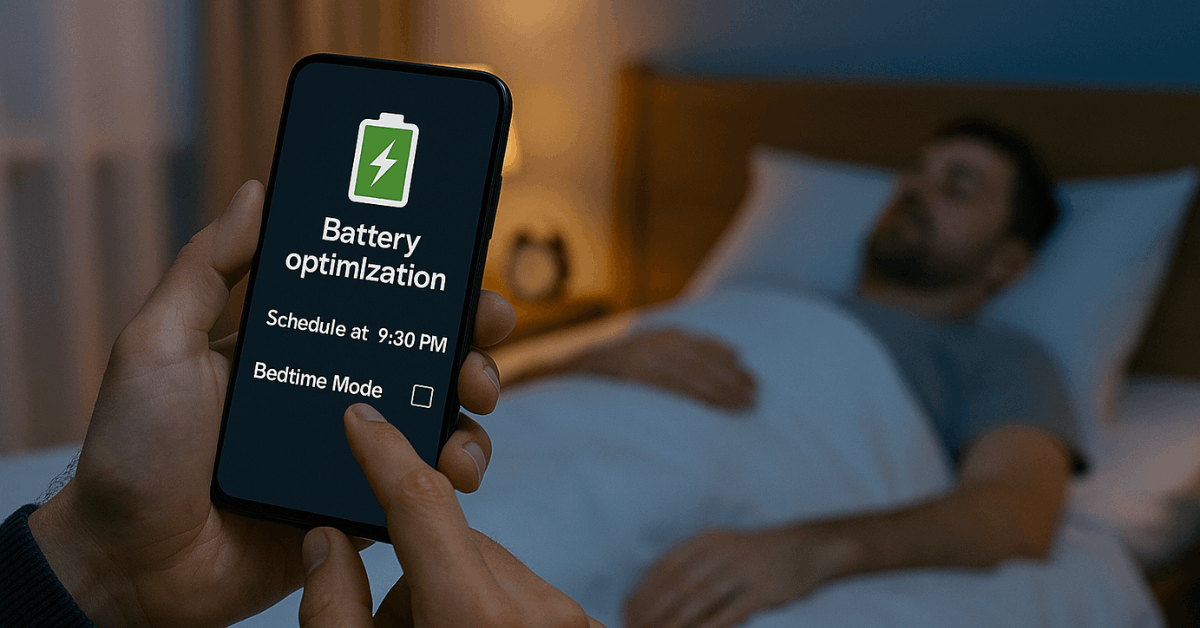
This ensures your battery lasts through the day without constant monitoring. Options like Bedtime Mode or Digital Wellbeing help manage this automatically.
Regular System Updates and Maintenance
Outdated software often causes battery inefficiency. Keeping your system updated ensures performance stability and power management improvements. Maintenance prevents slowdowns and unnecessary drain from background tasks.
Update the OS and System Apps Regularly
Operating system updates often include patches that improve power optimization. Always install the latest software to maintain efficiency and security.
Many devices offer automatic updates over Wi-Fi for convenience. A well-maintained system performs better and lasts longer.
Clear Cache and Temporary Files
Over time, cached data builds up and slows performance. Clearing it through tools like Device Care or Storage Manager reduces background load.
It also frees up storage space and improves responsiveness. Schedule a cleanup every two weeks for consistent results.
Additional Expert Tips for Daily Use
Besides using system tools, small daily habits also help preserve battery. These practices are simple yet effective for long-term battery health.
- Avoid full discharges: Recharge between 20–80% to minimize battery stress.
- Disable vibration feedback: Vibrations use more energy than sound alerts.
- Use original chargers: Certified cables prevent overheating and damage.
- Keep your phone cool: Avoid high temperatures that degrade battery cells.
These everyday actions complement system optimization features and promote better battery lifespan.
Conclusion: Make Every Percent Count
Optimizing your battery doesn’t require expert knowledge—just consistency. System apps already include tools to manage power effectively.
By adjusting background processes, display settings, and power modes, you can make your phone last longer each day.
Start exploring your battery settings now and take control of your device’s energy performance.
